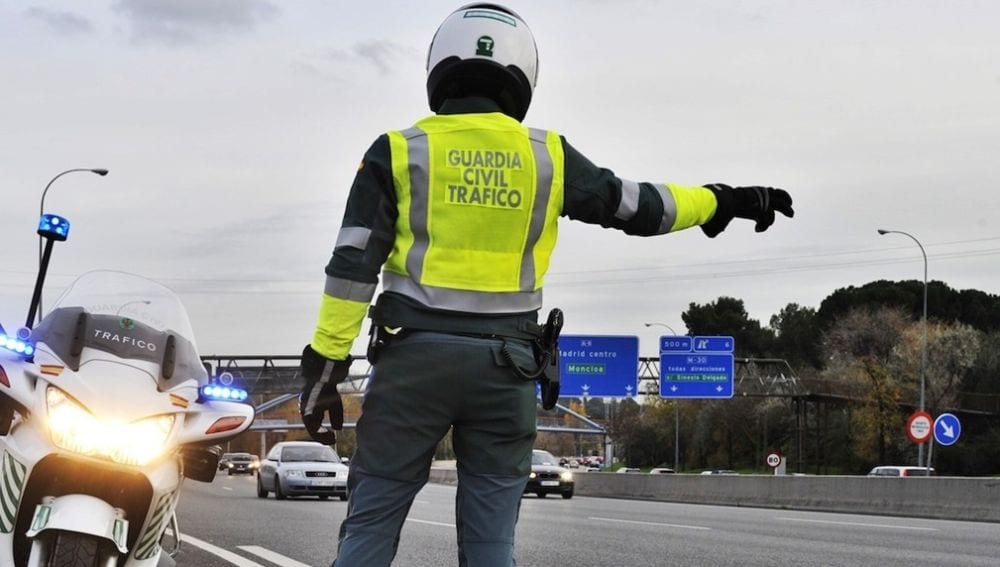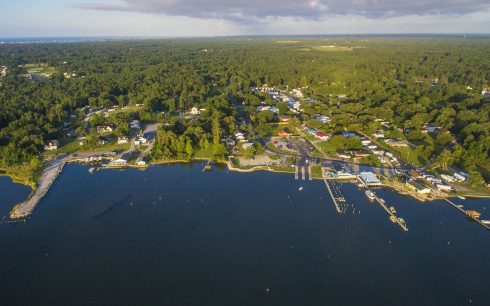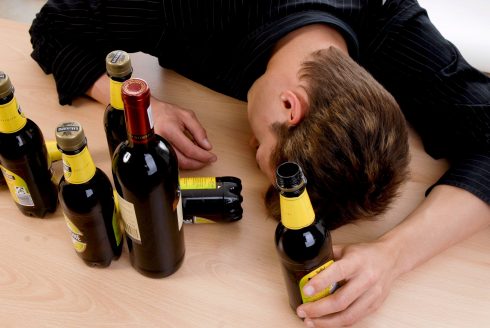THE big exodus from the cities to the coast is underway in Spain with the transport agency DGT estimating that 6.9million cars will take to the roads between Friday and Monday.
Spanish roads are expected to be at their busiest as the majority of Spaniards take their summer holiday at the start of August and return to their family pueblos or head for the coast.
And the DGT are ready for the increased traffic with extra vigilance and controls planned.
DGT said they have 780 fixed speed cameras in place as well as 545 mobile speed cameras, 12 helicopters, 245 cameras to control that drivers and passengers have their seat belt fastened, 15 vans from Guardia Civil and 23 drones.
Some 2,200 information panels are also providing information on travel times, incidents and alternative routes – drivers can also find information about how the roads are on the DGT website or calling the 011 telephone number.
“We have everything ready so that the planned trips by car are smooth and safe, but we need drivers to be responsible in order to achieve it. On the road there are no excuses because after an accident nothing is ever the same.”
DGT has advised drivers to moderate speed, respect the safety distance from the vehicle in front of them, do not drink alcohol, do not use the mobile phone while driving, wear the seatbelt, be very careful with drivers on two wheels, and stop every two hours.
Victoria Garcia, a driver who has decided to travel from Madrid to Marbella this morning claimed
“I haven’t seen a lot of traffic because I avoided the peak time. I decided to start my trip today at 9 am, which is when everyone is working.”
Traffic authorities also recommend that those intending to travel do their best to avoid the busiest times of day, expected to be between 3 and 11 pm on Friday, 9 am and 2 pm on Saturdays and 7 and 11 pm on Sunday.
READ MORE:
- LISTED: The most common reasons drivers are fined in Spain over the summer including driving in flip-flops
- EXPLAINED: How easy is it for a Brit to take their Spanish driving test?








